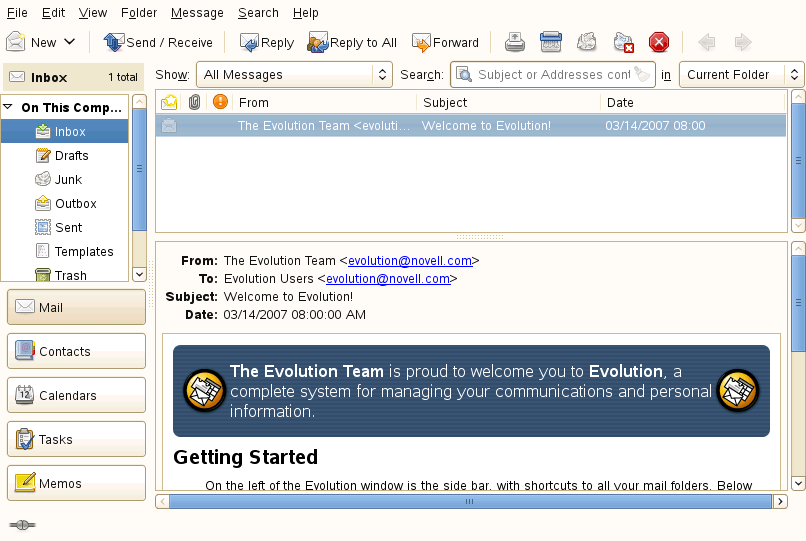Dec 082017
| Show User Utility for Novell Network. Display user accounts, balances, etc. | |||
|---|---|---|---|
| File Name | File Size | Zip Size | Zip Type |
| SU.COM | 20846 | 12428 | deflated |
| SU.DOC | 5441 | 1768 | deflated |
| SU.LIC | 1593 | 663 | deflated |
Download File SU.ZIP Here
Contents of the SU.DOC file
SHOWUSER
User Manual
Copyright (c) Danmar Systems Inc
Danmar Systems Inc.
6031 SW 128 Ct.
Miami, Fl 33183
SHOWUSER is a Netware(tm) utility that allows the supervisor of the
network to display all the users in the bindery file of a file server
and delete users who fall into certain categories. It also allows the
supervisor to reset the accounting balance for each user. It displays
the user's name, their last login date and time, their full name, and
what their balance is. It can display all the users in the bindery or
only certain ones that match a certain criteria. It also allows the
supervisor to delete all users who fall into these same conditions.
For example, all users that haven't logged in since a certain time
can be deleted as well as all users that have a certain name.
The syntax for SHOWUSER is as follows.
SU {username} {options}
where {username} is any valid Novell user name. It can include the wildcard
value (*) as part of the name. If none is entered, the programs displays all
users on the current server.
The possible values for {options} are:
/L:DATE --> Displays users that have NOT logged in since DATE.
/R --> Removes all users that match above criteria.
/F --> Display list as comma separated variable length records.
/B:BALANCE --> Resets account balance to BALANCE.
/? --> Displays a help screen.
/*****************************************************************************/
/*********** '/L' option. */
/*****************************************************************************/
The '/L' option ( short for 'Logged') can be used to display users that
have 'NOT' logged in since a certain date. For example, to display
all users that have not logged in since January 1 of 1991, you could
type in the following command line:
SU /L:01/01/91
Notice that the date must be typed in as MM/DD/YY. For example, if the
date wanted is August 4, 1990 it must be entered as 08/04/90 and not
8/4/90.
/*****************************************************************************/
Note:
/*****************************************************************************/
/*****************************************************************************/
/*********** '/R' option. */
/*****************************************************************************/
The '/R' is particularly helpful for deleting users that have not logged
in recently. For example, if you were the supervisor and wanted to delete
all users that have not logged in since August 1 of 1990, you could
type in the line:
SU /L:08/01/90 /R
This would search for all users that have not logged in since August 1
of 1990 and would prompt you to delete them. If you type in 'Y' at the
prompt, the user will be deleted from the bindery file permanently so
be very careful when using this option. This option can be combined with
the '/L' and '/D' command.
The safest thing to do is type in your request without the '/R' command
to see everyone that will be deleted and then issue the same command
but with the '/R' option.
/*****************************************************************************/
/*********** '/F' option. */
/*****************************************************************************/
The '/F' parameter is used to make the program display the output in a way
that can be redirected to a file and imported into a database. If the
output of the line 'su' is as follows:
User Last Login Time Full Name Balance
---- --------------- --------- -------
SUPERVISOR 09/07/91 08:40:28 P.M. The Supervisor 100
GUEST 09/02/91 11:11:46 A.M. Guest on Server1 500
DANNY 09/03/91 06:55:40 P.M. Daniel Dow 300
TEMPUSER 00/00/00 00:00:00 A.M. Temporary User 0
then the output of 'SU /f' will look like this:
"SUPERVISOR","09/07/91","08:40:28 P.M.","The Supervisor",100
"GUEST","09/02/91","11:11:46 A.M.","Guest on Server1",500
"DANNY","09/03/91","06:55:40 P.M.","Daniel Dow",300
"TEMPUSER","00/00/00","00:00:00 A.M.","Temporary User",0
This is very useful if you need to generate reports of the usage of the
server. You could redirect the output to a file with the command line:
SU /f > user.txt
and then import the file 'user.txt' into your database program. You
could then determine who is logging into the server and who is not.
/*****************************************************************************/
/*********** '/B' option. */
/*****************************************************************************/
The '/B' parameter is used reset the accounting balance used by Netware.
The syntax is /B:balance. Once this option is invoked, the program will
prompt the supervisor whether to reset the balance or not.
For example, the line:
SU A* /B:1000
would reset the balance for all users whose name starts with 'A'. It will
only reset the balance after the supervisors verifies each name.
December 8, 2017
Add comments
